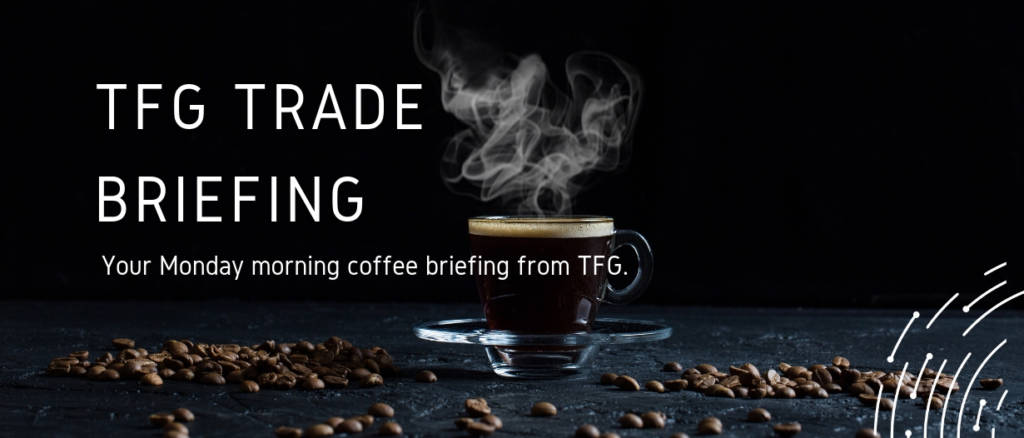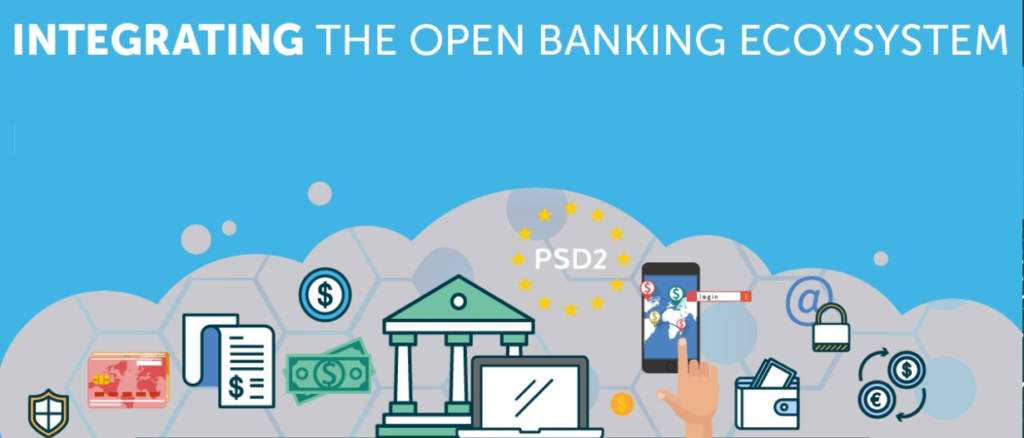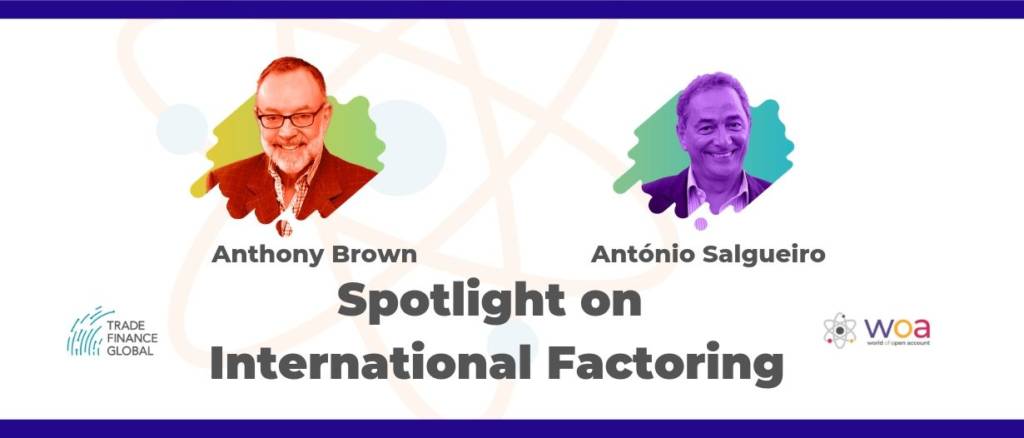Your Monday morning coffee briefing from TFG. Here are some of the last week’s updates from the trade sector. 27th August 2019.
Open banking has been taking over as the latest FinTech model of global market disruption, but market implementation so far has been fraught with delays, slowdowns and difficulties. Open banking refers to a financial data aggregation system that will be implemented in banks and financial service channels.
In this interview series, we heard from two invoice discounting experts and learned more about the confidentiality features of this product and the fundamental differences to invoice factoring.TFG’s Persiana Ignatova spoke to Jeff Longhurst and Steve Box, who are members of World of Open Account (WOA).
The nature of Xi Jinping’s political hegemony has altered China’s conduct and outlook of international trade; based on China’s economic past, what could this spell for the future?
Your Monday morning coffee briefing from TFG. Here are some of the last week’s updates from the trade sector. 19th August 2019.
Japan has set out its strategy to reduce greenhouse gas emissions by 80% by 2050, and net zero emissions by the early years of the second half of this century. The strategy is not perfect and is in controversy with the actions of the corporates and the government. However, it is a welcome step and more pressure needs to be applied in order to make the strategy go further.
Today the completion of the world’s first integrated paperless trade transaction happened – in iron ore – involving Rio Rinto selling bulk iron ore to Cargill, who sourced the cargo… read more →
In this interview series, we heard from two Factoring experts and learned more about the use of this genius concept. TFG’s Persiana Ignatova spoke to Thorsten Klindworth and Peter Brinsley, who are members of World of Open Account (WOA).
Your Monday morning coffee briefing from TFG. Here are some of the last week’s updates from the trade sector. 12th August 2019.
Guidelines to International Factoring Companies engaged in international trade, regardless of their size and industry; often face a demand from the importers for longer payment terms. This means, getting the… read more →






















